Who am I and why am I
"The Aurora Guy?"
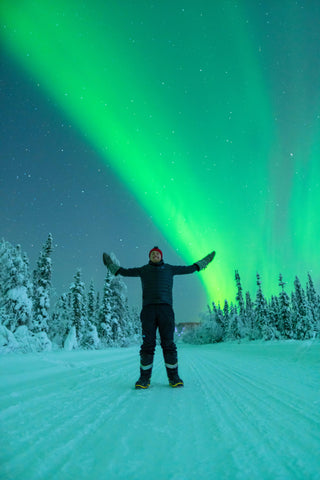
Professional aurora chaser
Night sky photographer
Space Physics Ph.D. Student at the University of Alaska Fairbanks
Based in Fairbanks, Alaska
First of all, let me introduce myself! My name is Vincent Ledvina, I’m a professional aurora chaser and photographer living in Fairbanks, Alaska! I’ll be starting graduate school at the University of Alaska-Fairbanks in January 2023 to pursue a Ph.D. in space physics (the scientific field that studies the aurora). Needless to say, not only do I enjoy taking photos of the aurora, but I also enjoy the science behind it. What really motivates me, though, is how the aurora means so much to so many people—whether its religious significance for native populations, the source of income for tourist companies, a subject for photographers to capture, or the life’s work of a scientist, the aurora is meaningful in the daily lives of countless individuals. My goal then as a photographer, scientist, and altruist, is to inspire others through my photography and help educate people on the science of the aurora and the broader concepts of space weather. I will detail these ideas in later blog posts.
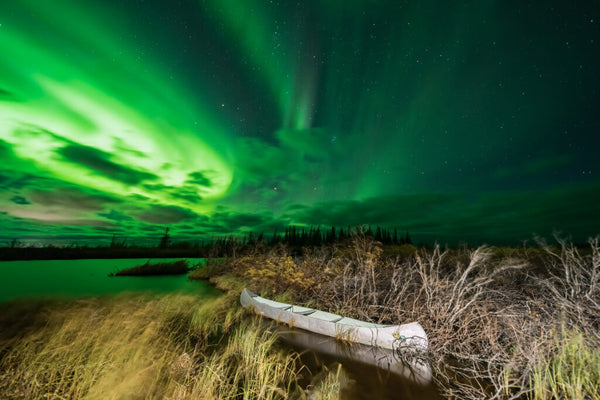
My aurora origin story
I became interested in the aurora through a combination of single events and growing interests that eventually coalesced into a focused passion for aurora photography and education. My first memory of the aurora was October 31, 2003, trick-or-treating and seeing the northern lights dancing from my childhood home in Maplewood, MN. My family had a house with huge windows facing northwest over the Mississippi River valley, and I remember walking inside and seeing what looked like searchlights dancing all around the sky. My parents didn’t really know what they were, but on the news the next day, I learned the answer—it was the northern lights. Now, I recognize that I witnessed history—the largest geomagnetic storm (so far) of the 21st century, the aptly-named “Halloween Storms.” This memory didn’t immediately make me an aurora chaser, but it embedded in me a fascination with the mystery of our night sky.
I was just four years old when I saw the northern lights that Halloween, and over the next ten years or so my love for nature and the night sky only grew as I joined Cub Scouts and later Boy Scouts, eventually earning my Eagle Scout Award when I was 16 years old. With scouts, I was privileged to go camping every month in the wilderness of Minnesota and Wisconsin where I’d see pristine night skies full of stars. Every time I saw the night sky, I was humbled, transfixed, and in awe. Out of my family, it was just my dad and I that would go on these camping trips, but I wanted to share the experience of being in nature with my mom and sister back home, so I took up photography!
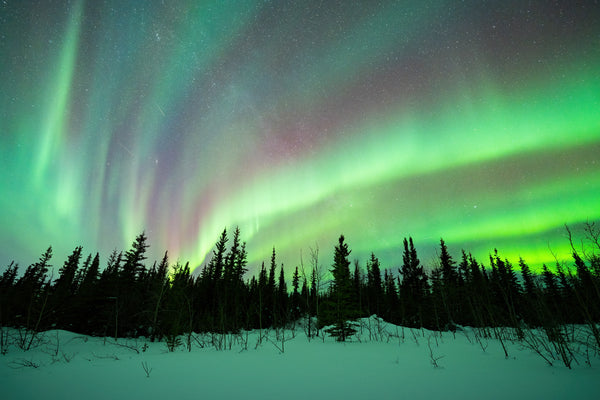
Becoming a photographer
My first camera was a Canon 60D which I purchased when I was 16, and my dad and I went to Iceland to celebrate my Eagle Scout award. I saw my first true northern lights there, and while they weren’t spectacular by my current standards, it was an otherworldly experience for me that brought back the memories of seeing the lights as a kid. Unfortunately, the photos on the Canon didn’t turn out—I couldn’t figure out the right night photography settings. This frustrated me but also motivated me to get better at photography and aurora forecasting so that I could capture a good northern lights shot.
Over the next few years, I perfected my craft, studying space weather concepts, the science behind the aurora, and learning how to take high-quality night photos. I eventually upgraded my Canon kit to a Sony a7r ii with a Tamron 15-30 mm f/2.8 in 2016, and while my old gear could take good photos, upgrading to a full-frame camera with a real astro lens was a game changer for me. Throughout high school, I became more and more obsessed with astrophotography, the night sky, auroras, and space weather. By the time I graduated in 2018, I knew I wanted to make space weather and photography part of my education and career.
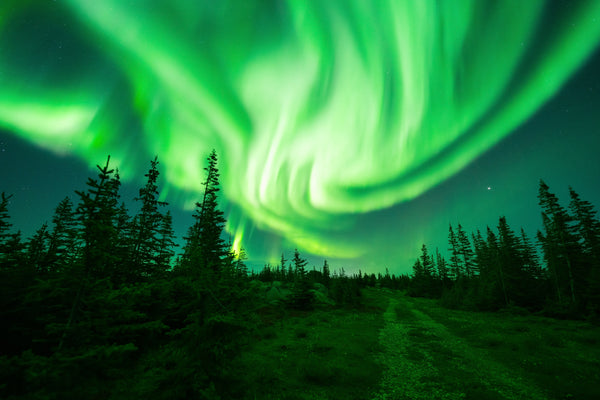
Learning the science of the aurora
I went to the University of North Dakota (UND) for my undergraduate degree, graduating with a B.S. in Physics in 2022. I chose UND because of its proximity to dark skies, reasonable driving distance from my parents’ house in Maplewood, MN, and northern location yielding good chances of seeing aurora. The only problem with UND was that there was a lack of space weather courses, research, and opportunities, meaning I would have to pave my own way if I was serious about research.
Fortunately, I did just that. I secured an internship with the National Solar Observatory in 2019, the summer after my freshman year at UND. Working under the supervision of Dr. Maria Kazachenko, I studied small-scale magnetic cancellations on the Sun’s surface. This internship gave me my first taste of real, high-level space weather concepts.
After attending the American Geophysical Union conference that fall, I was introduced to Dr. Elizabeth MacDonald and Aurorasaurus. I interned with them the following summer and founded the North Dakota Dual Aurora Camera (NoDDAC) project, a partnership between Aurorasaurus, UND, and the Live Aurora Network, a commercial aurora live streaming service. The cameras live stream the aurora for aurora chasers and the data are archived and made available to scientists who are interested in unique auroral forms that can only be seen from mid-latitude areas.
My junior year was spent running the NoDDAC project and forming professional connections and personal friendships with scientists and other aurora chasers. The pandemic being in full swing made it difficult to meet people in person, but I used the added free time to build up my social media presence and get serious about photography.

Taking things seriously
Beginning my senior year in 2021, the November 3rd geomagnetic storms brought me into the limelight. After capturing one of my favorite aurora photos ever, I was featured as a UND “Leader in Action,” interviewed by the campus newspaper “The Dakota Student,” and my photos were plastered on the campus Instagram account. I gained my nickname when I walked into a downtown Grand Forks bar and was approached by a group of football players one of them saying, “Hey! It’s the ‘Aurora Guy!’” Apparently, that’s who I was known as on campus - "The Aurora Guy."
In Januaray 2023, I helped one of my good friends from the Twin Cities move to Fairbanks, Alaska. At that point, I had been to Alaska three times before just for vacation, but never in the dead of winter. It took us six LONG days of driving, mostly at night, but we made it to Fairbanks and I saw the best aurora I had ever seen a few nights later. I stayed in Fairbanks for a couple of weeks before I returned back to UND to start the spring semester, but the natural beauty of the area and the reality of auroras every night made me want to move there.
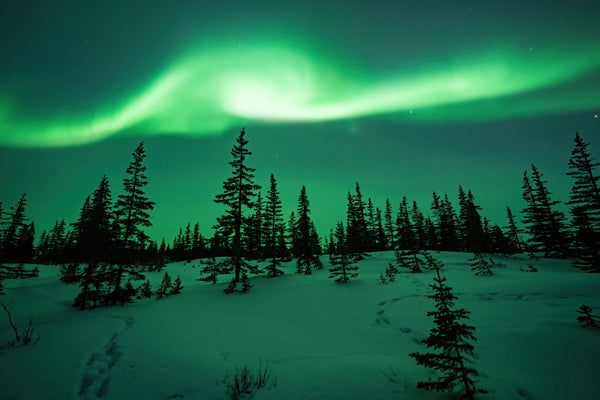
The aurora experience of my dreams
In March 2022, those sentiments were reinforced when I spent three weeks in Fort Yukon, a tiny village in northeast Alaska just above the Arctic Circle. On a Wednesday night in late February, I received an email from Dr. Don Hampton at the University of Alaska-Fairbanks (UAF) asking me if I wanted to help out with the NASA Loss Through Auroral Microburst Pulsations (LAMP) sounding rocket mission. Apparently, two Japanese researchers who were supposed to run a pair of all-sky cameras at the Air Force base in Fort Yukon weren’t allowed to stay on the base for more than three days due to COVID and military restrictions. Don had sent out mass email to a long list of scientists one of whom was Dr. Elizabeth MacDonald who recommended me for the job! I received the eail late on a Tuesday night, and I was driving to the airport on Friday to go to Fairbanks—it was an opportunity of a lifetime. For three weeks, I ran scientific instruments supporting the mission and witnessed INSANE auroras. Since the launch window for the rocket was from 12-4 am, I was essentially free to run my own cameras before I was on call, and I captured thousands of photos that I later stitched together into a timelapse film which I titled “Magnum Opus.” We launched the rocket on March 5, 2022, and my real-time observations of the aurora were a deciding factor for the launch. It was an incredible experience I will never forget. After I flew back down to Fairbanks, I spent the day with Don who gave me a tour of the Poker Flat Research Range where the rocket was launched, and he encouraged me to apply to graduate school at UAF. I made the decision then and there, and the rest was history.
A few weeks after returning from Fort Yukon, I traveled to Churchill, Manitoba with friends for a week-long aurora chasing expedition! I saw some amazing sights and the trip was a unique experience. I graduated with my B.S. in Physics in May and took a unique graduation photo under the lunar eclipse!
Honing my passions
Last summer, I continued my work in space weather and aurora photography, interning at a solar physics company Predictive Science Inc. under the supervision of Dr. Erika Palmerio. I studied coronal mass ejections (CMEs), a type of space weather, and evaluated a new CME model called OSPREI. Along with submitting a paper on this research, I also published a paper on my REU research from 2019, wrote two white papers for the 2024-2033 Heliophysics Decadal Survey, and published a perspectives piece on how to incorporate a “risk and resiliency" framework into the field of space wather. It was a big summer for me, and to cap it all off, I started finding success in social media and photography, getting my offer to display my work in a gallery and having a museum license one of my aurora clips!
In September, I went back to Churchill for two weeks and moved to Fairbanks, Alaska with my dad! I saw the most incredible auoras of my life and fully embraced the aurora chaser dream. I was accepted into graduate school at UAF in October, and now I plan to start my Ph.D. in January 2023!
I am motivated by myself and I’m proud of my accomplishments, but mostly, I am driven by the the effect aurora has to inspire others. I’ve always been a firm believer that skills and knowledge are meant to be shared with others, not sequestered away for self-interests. My passion, skill, and knowledge is of aurora photography, space weather, and art, and it’s my mission to use my unique perspective and (somewhat) interesting life as an inspiration for others to pursue their own dreams. Even the concept of aurora, which is mostly a footnote of mainstream science, has shocked me with how personal it is to so many people. Over the last year, I have received powerful messages from complete strangers explaining how the aurora is their mental therapy, a connection to deceased love ones, or a life-long dream to witness one day. These messages motivate me, because I realize that my photography, while I enjoy it very much, touches the lives of thousands, maybe millions of people. I have a responsibility to use my passion to help and inspire others, and that IS why I continue along this path in life.

The purpose of this blog
This blog will serve as a platform for me to teach what I have learned over the years related to aurora science, aurora chasing, and photography. I also plan to remaster content from Apalapse, a YouTube channel that I ran in high school, as this site feels like a natural place to upload those guides and tutorials. I plan on writing a post every month, although, you should expect random posts here and there during aurora season as I share behind-the-scenes looks and musings about my current projects, the aurora, and anything else!
Thanks for taking the time to read this post, and I’m looking forward to filling this website with helpful and educational content. Stay tuned!
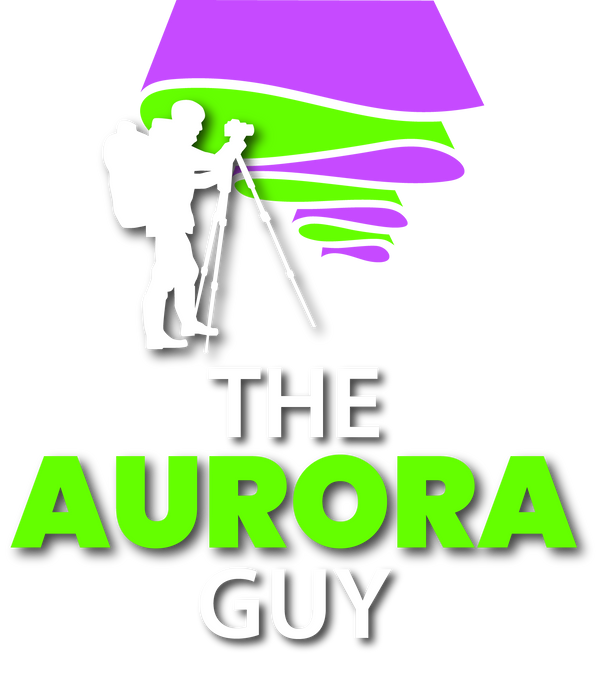
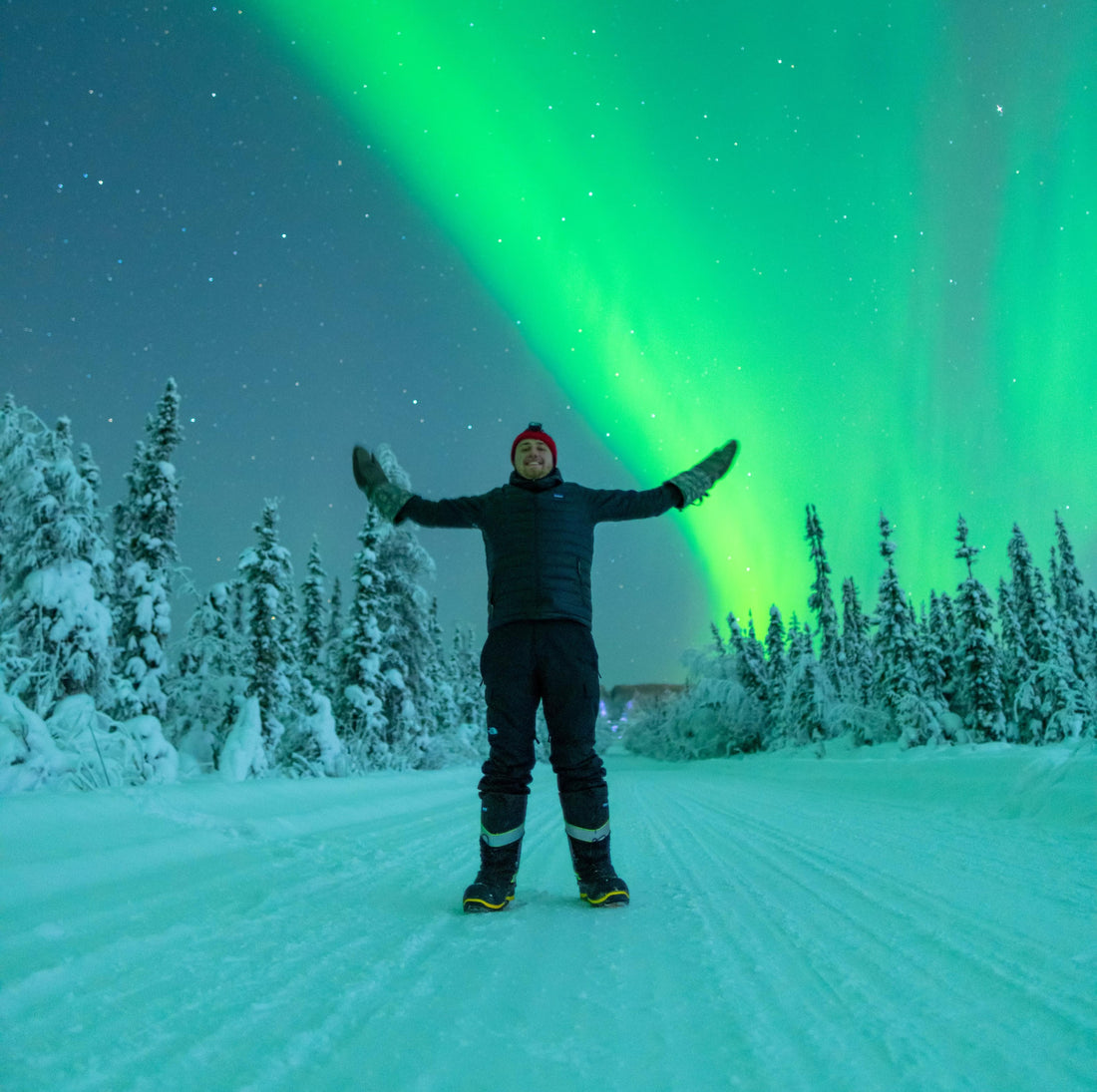
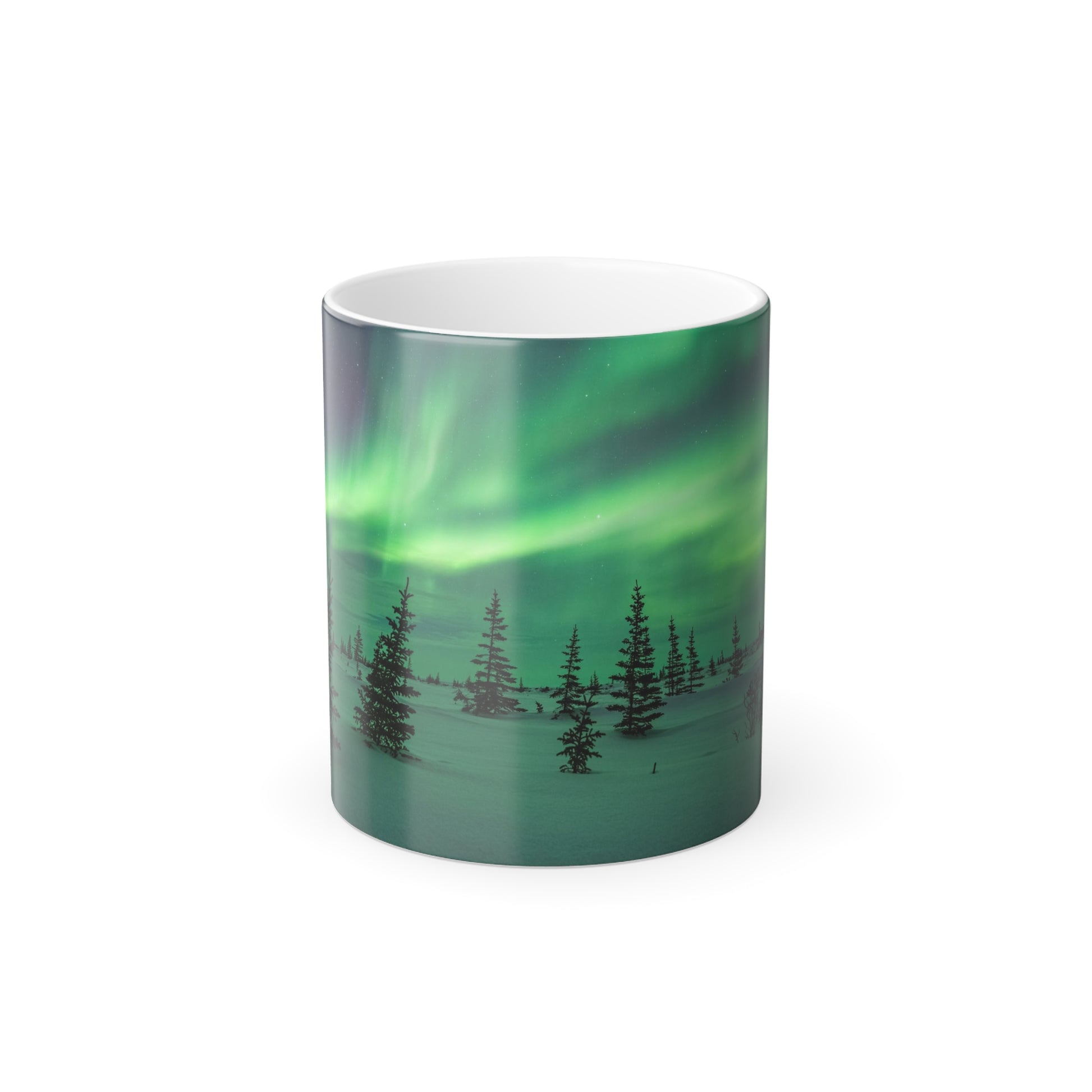
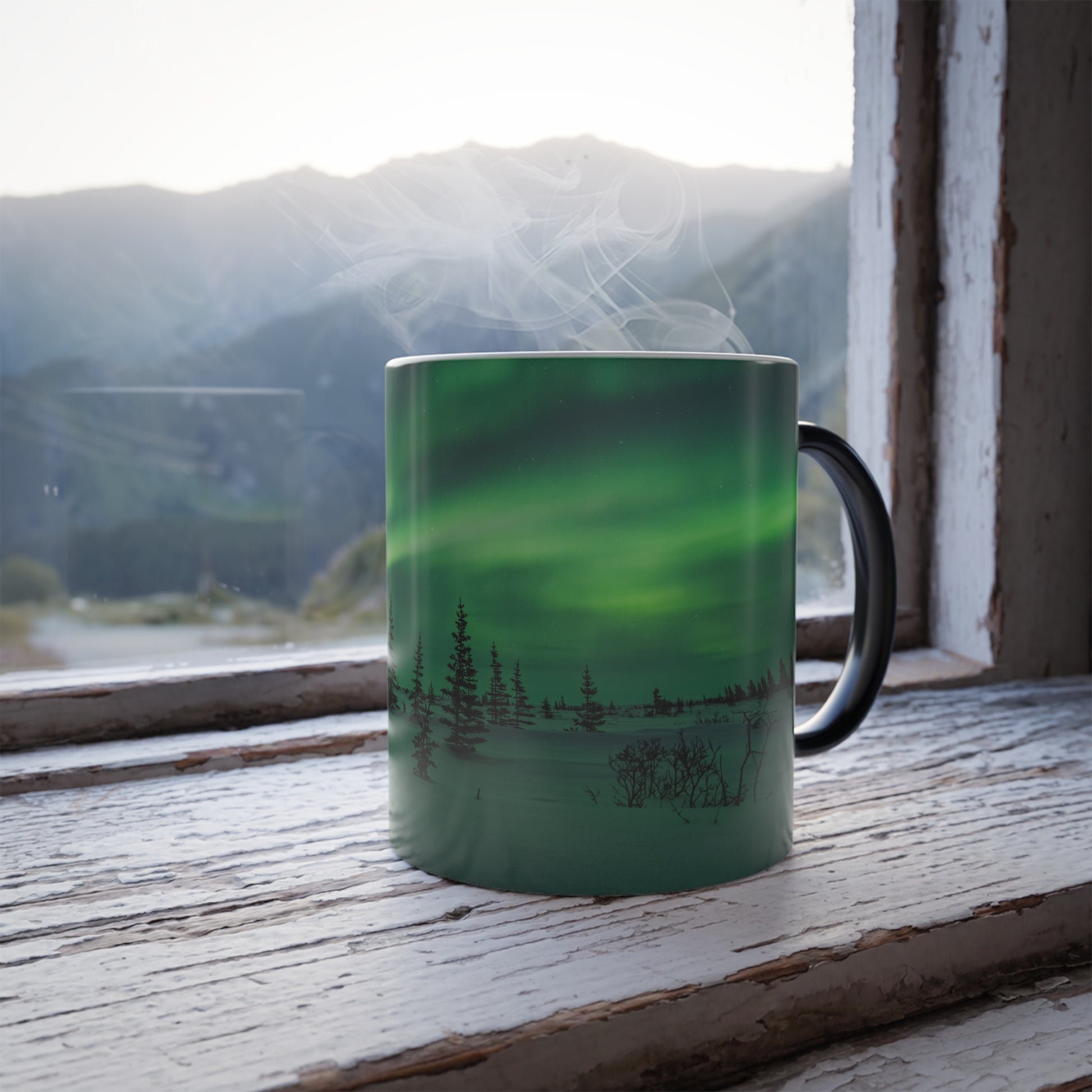
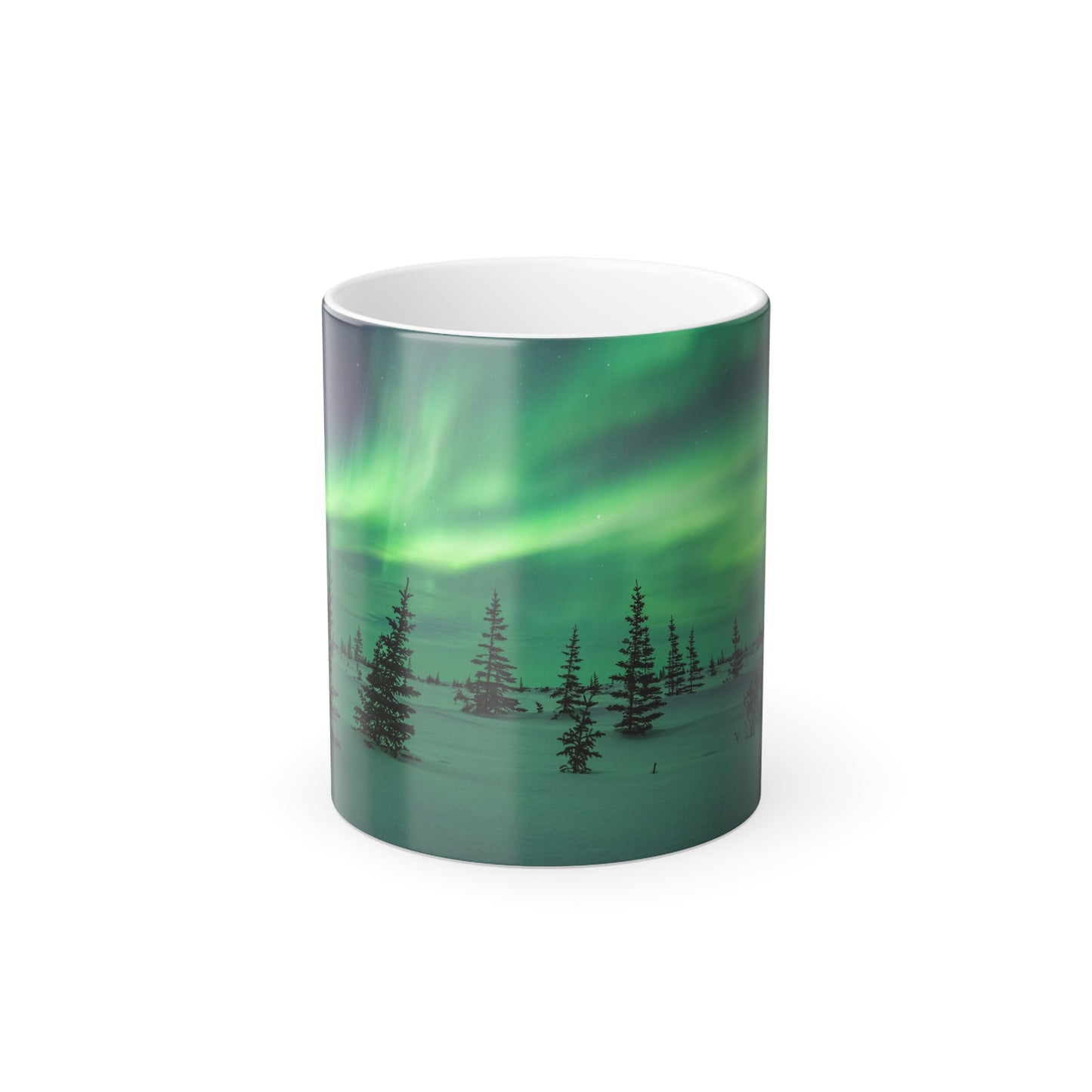
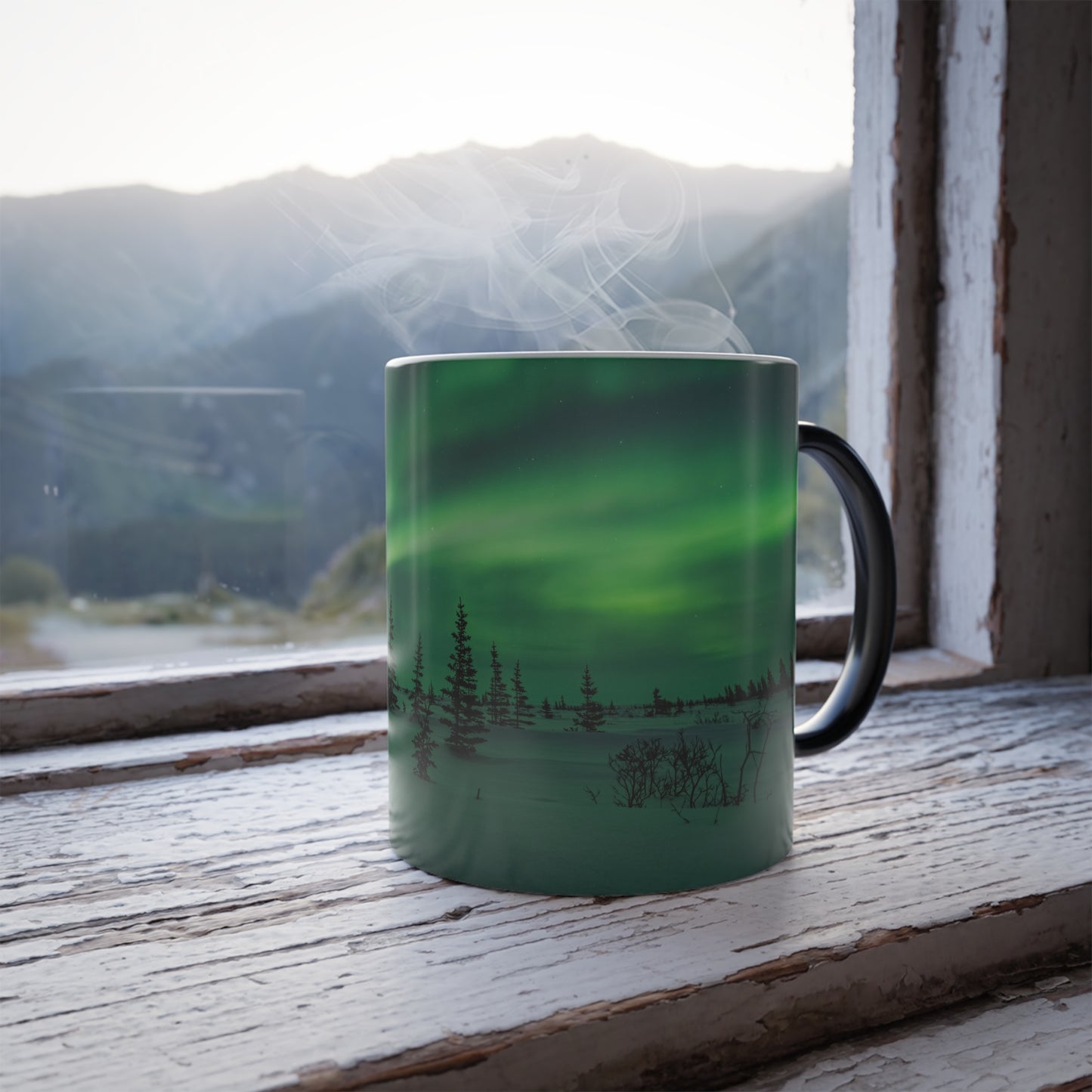
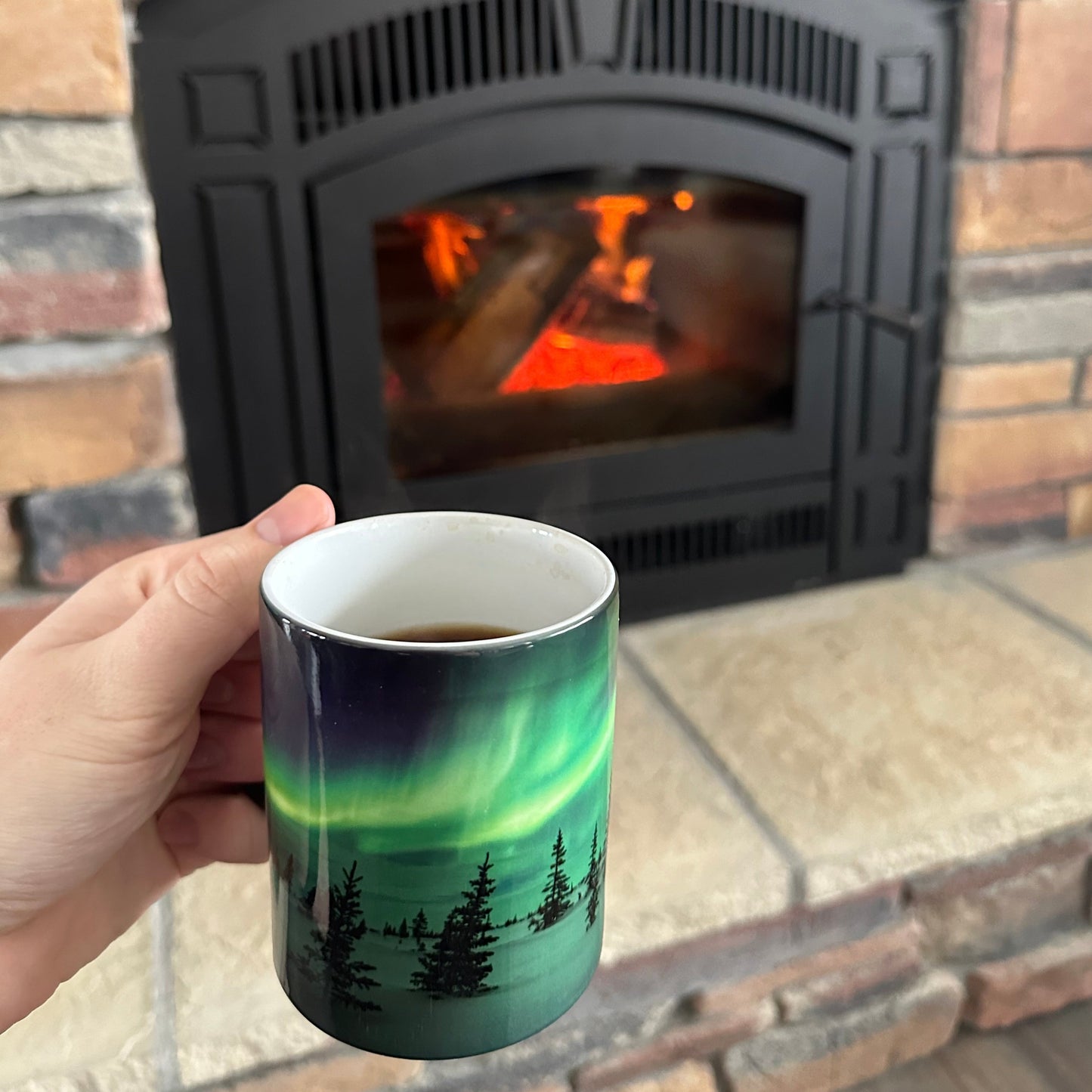
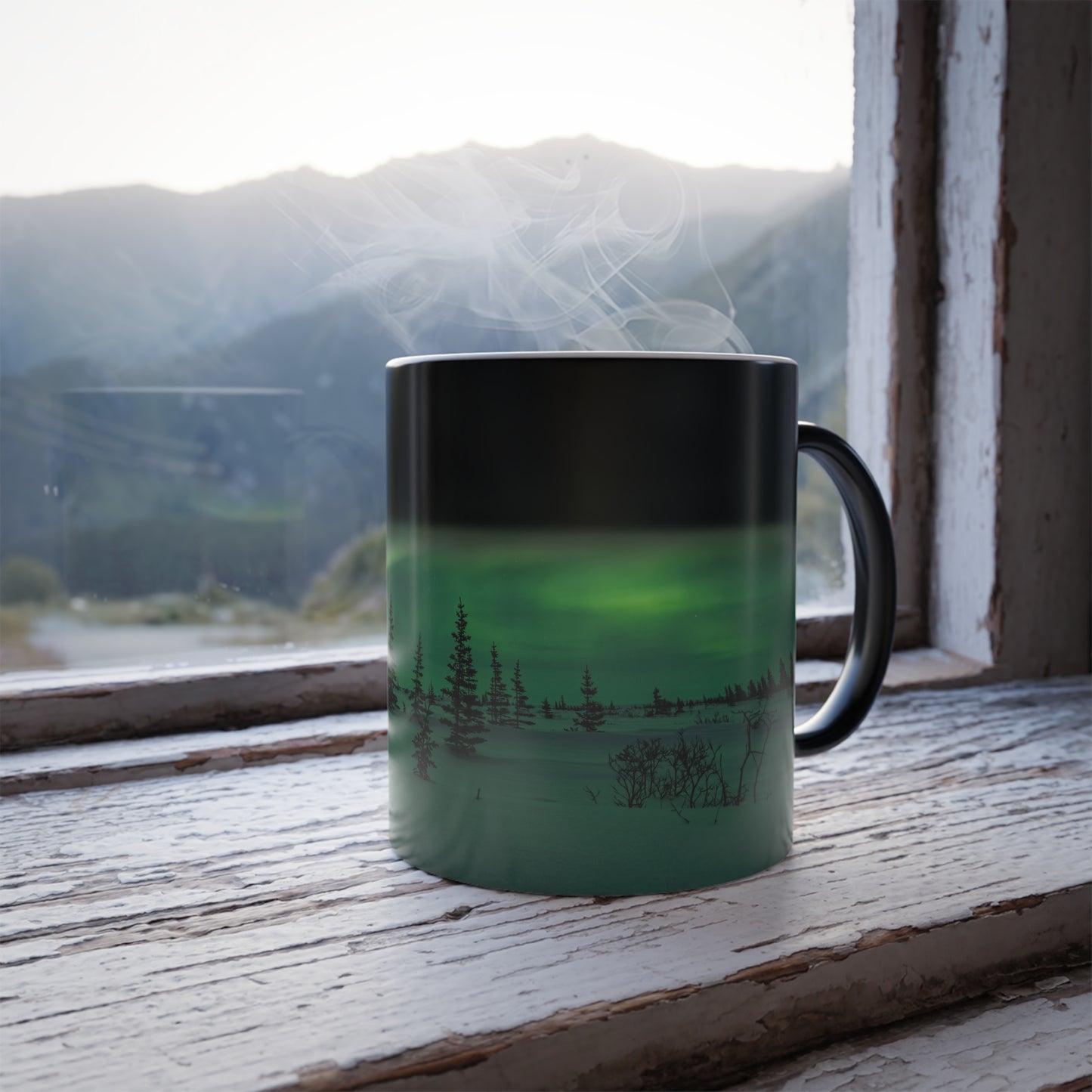
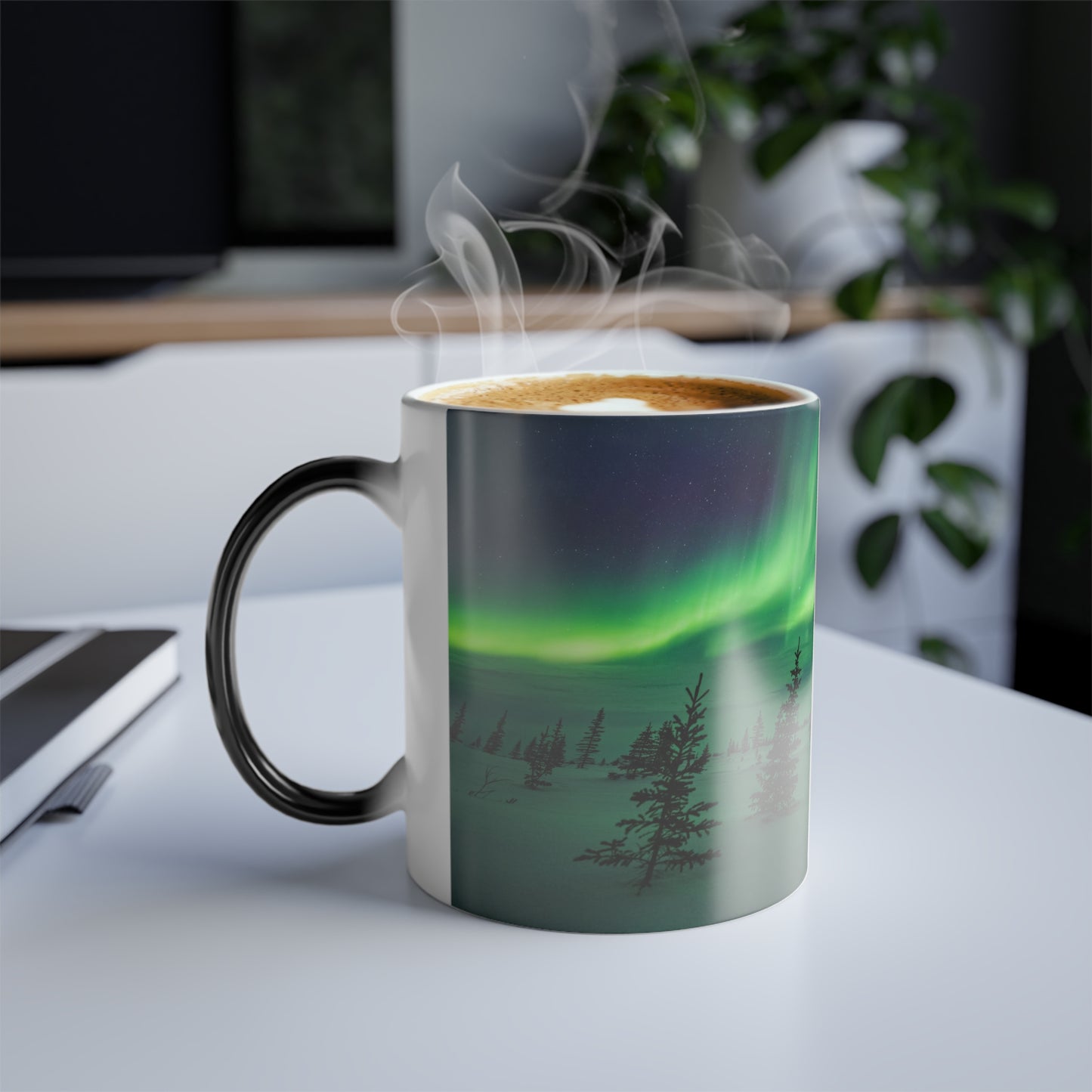
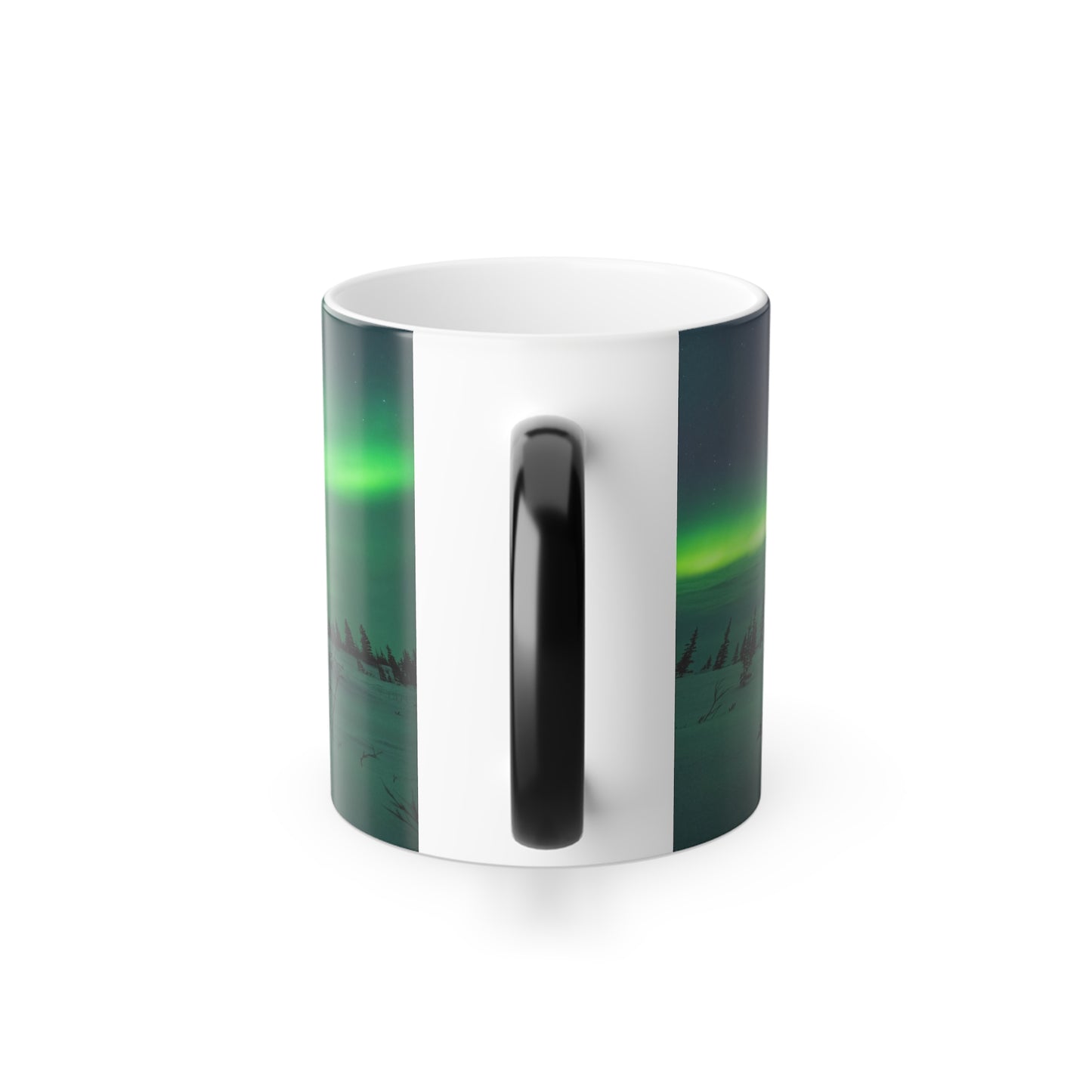
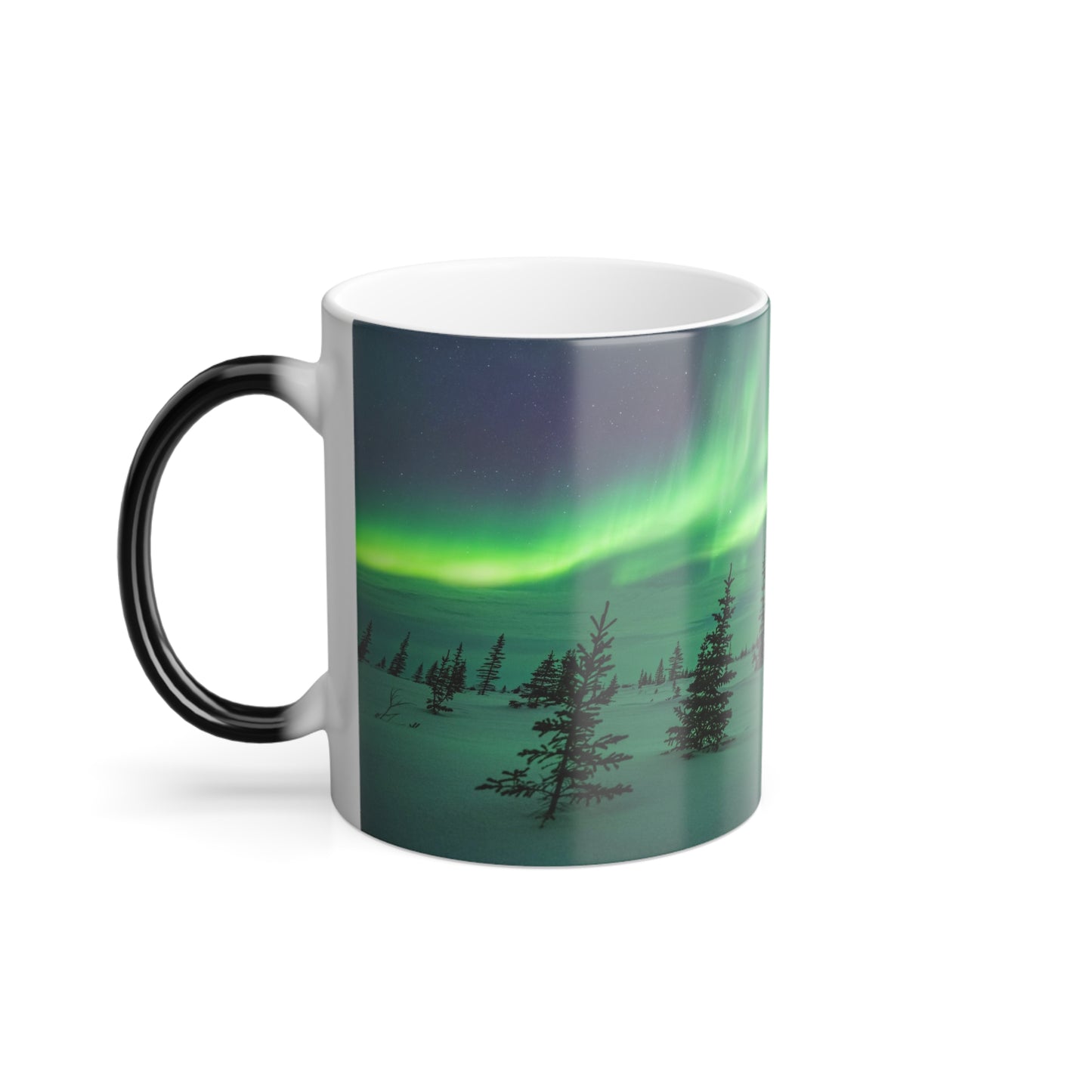
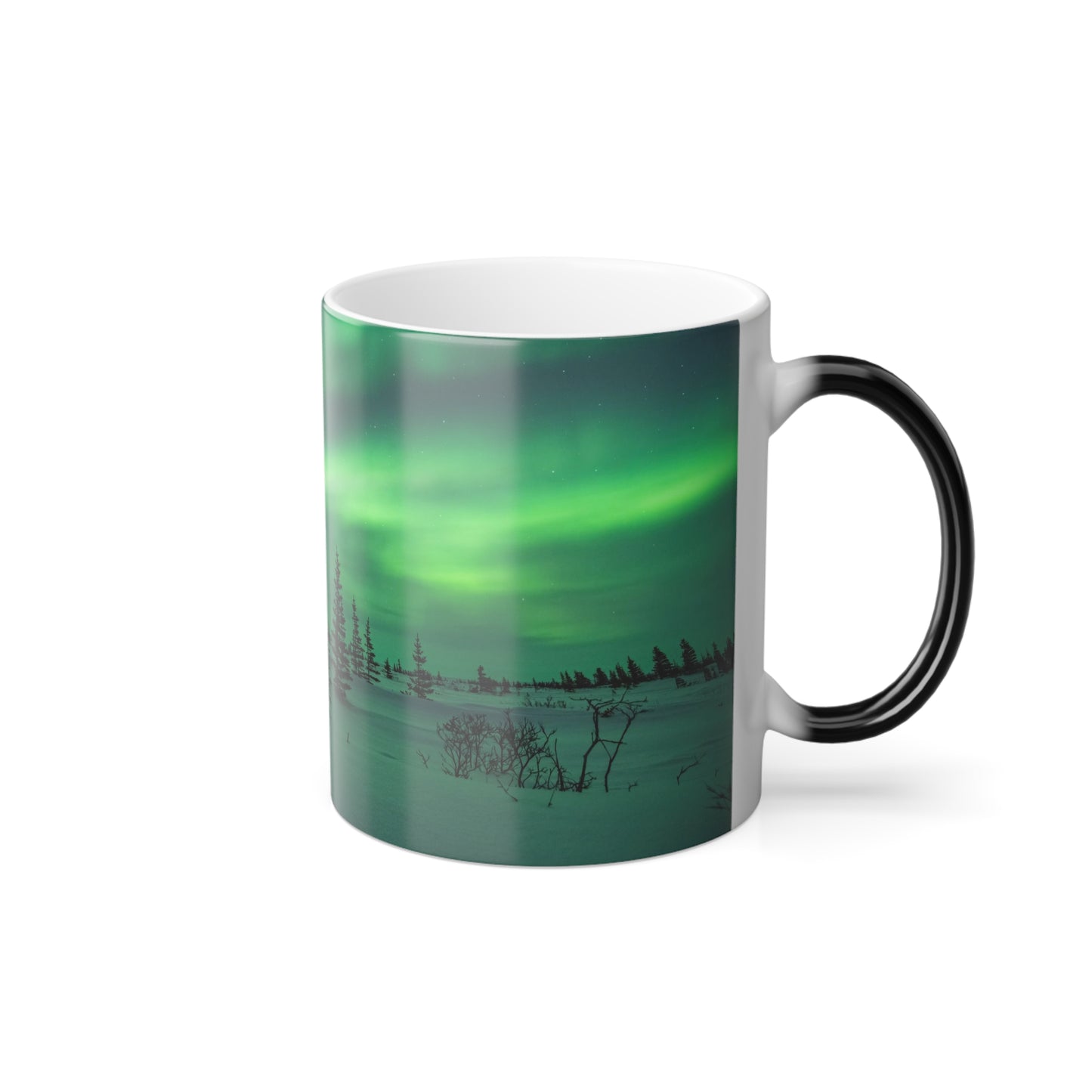
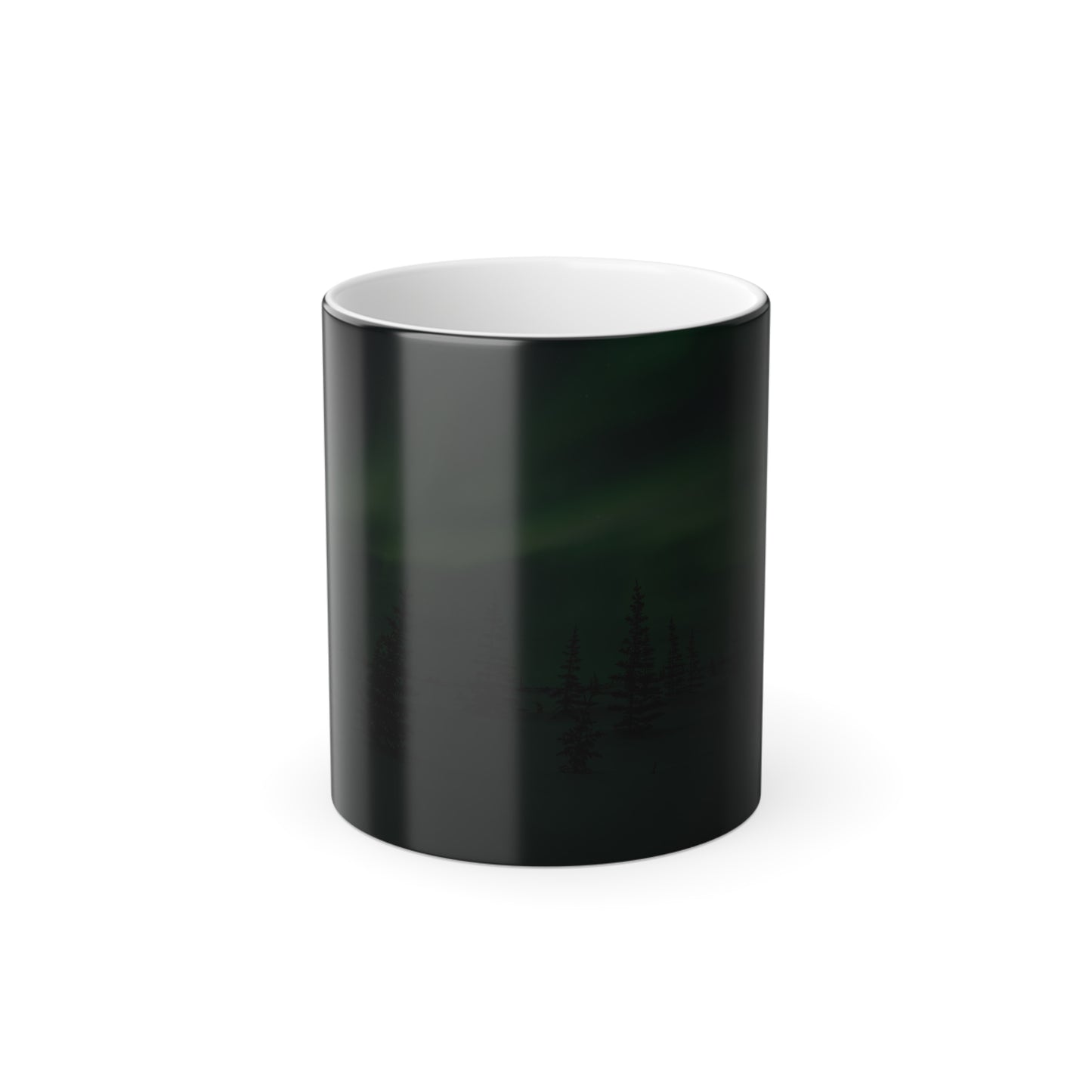
13 comments
You’ve had a very interesting life this far and I’m sure that it’s going to be even better in the future! I am 65 1/2 I’ll be 66 God willing when I come to visit Fairbanks I pray with all my heart, and then I will be able to come and see the Glorious Aurora’s!
Seeing the Aurora is on my bucket list. Are you available to hire when we get to Fairbanks or wherever is the best place to see the aurora? Please advise!
Hi, I want to book a tour with you or the tour group you link to for October. Can you tell the weather now to know what week should I go? What day should I book with the tour? I know no guarantees. But I’ve got to be successful. We booked an ‘aurora trip’ in Iceland and even though the aurora was there, they had us in the wrong city where the weather was bad so we couldn’t see it. And they didn’t provide a bus to get there. We couldn’t rent a car to drive ourselves. It was heartbreaking! Thanks!
I have only been trying to photograph and study the aurora for a little while comparatively and am looking to discuss in depth the common rule of a 3500-4000k white balance setting versus using a neutral daylight setting of 5200-5600K. As I am currently in wyoming and mostly in Montana the opportunities to photograph the aurora are rare and typically are far away and close to the horizon. Sometimes I get lucky and an intense storm has been visible as a pillar of light. The white balance used can DRASTICALLY affect the colors in the captures in some cases, and in others seems to have a minimal impact. My theory is that on the occasions that I have seen more of a yellow and red coloration come thru a long exposure (more night sky star 13sec, f2.8, iso 3200) with the neutral white balance it is because I am seeing high altitude oxygen excitation and only a minimal amount of nitrogen (purple) and low altitude oxygen (green) due to the distance and declination I am viewing from. Other times when my nuetral setting is in fact showing me purple and greens the aurora has moved closer distance wise and I am seeing more of the lower atmosphere colors that I would see with the naked eye. I would love to discuss with someone that has researched this more in depth and would be willing to look at some of the photos I have taken over the last year or so, and let me know your thoughts on skewing the colors thru white balance adjustment to meet the preconceived idea that the aurora should always be green and purple… thanks for your time reading!
Vincent, I observed an amazing event on the north facing Dakota camera around 2am this morning. This is a continuous long term event. Thinking the new star formation mentioned in the news lately? I got a few decent screenshots. LMK if you want location details, will be watching again tonight. Can you get closer?